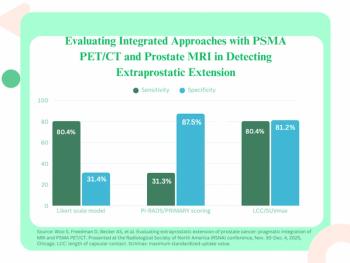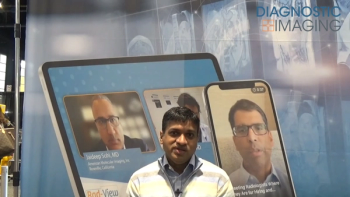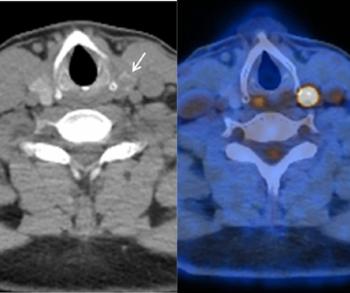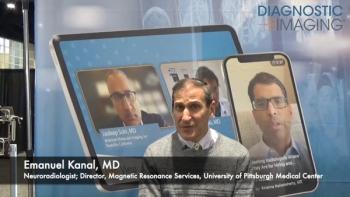
PET sales take breather after hot 1990
While unit sales of mega-expensive positron emission tomographycameras are still nothing to shout about, the PET market showedbrisk growth last year. PET orders flattened out, however, inthe first half of 1991. GE installed or is in the process of
While unit sales of mega-expensive positron emission tomographycameras are still nothing to shout about, the PET market showedbrisk growth last year. PET orders flattened out, however, inthe first half of 1991.
GE installed or is in the process of installing 11 PET camerasover the last 18 months, said Dow R. Wilson, PET marketing managerfor GE Medical Systems. Positron installed four PET systems duringthe last year and expects to place four more before the end of1991, said Walter A. Jones, executive vice president.
Positron, a small independent PET manufacturer based in Houston,has a total installed base of 14 cameras, Jones said. Siemens,the largest PET vendor, has a worldwide installed base of 60 cameras,according to Scott Moore, communications and advertising managerfor the Siemens nuclear medicine division in Hoffman Estates,IL.
"We (at GE) have been generally conservative about peggingthe PET market, but the first half of 1991 has been weaker thanwe or either of our competitors expected," Wilson said.
Siemens is in a PET maintenance mode this year.
"We are gearing our market effort toward customer satisfaction.We have sold enough PET units for now. We want to get them upand running and happy with their throughput," Moore said.
While the PET market is flat or declining this year, it isrelative to a very good year in 1990, Wilson said.
"The market last year was double what the PET market hadbeen in any previous year and it is at that same pace this year,"he said.
Lack of Medicare reimbursement is not a big problem for PETsales, Wilson said.
"While it is true that there hasn't been a lot of progresson Medicare reimbursement, there has been considerable progresson private-paying reimbursement," he said. Lincoln NationalLife has published a PET payment policy and Blue Cross groupsreimburse in several states.
The PET market might be reacting to technological uncertainty.The onset of lower cost PET cyclotrons and accelerators mightcause customers to wait and see how the technology shakes out.Rapid developments in single-photon emission computed tomographytechnology could also be affecting PET sales, Wilson said.
Although potential PET customers might be holding back orders,there appears to be renewed interest in the field, Jones said.
"The (PET) marketplace is changing now. I sense thereis posturing going on in anticipation of (Medicare) approval."
Positron users are obtaining solid private payment for PETprocedures. As much as 90% of third-party payers appear to reimbursefor PET procedures, he said.
Future PET sales should be helped by the onset of a regionalcyclotron system. Siemens is spearheading the regional cyclotroneffort in cooperation with pharmaceutical firms Mallinckrodt andSyncor. The first such facility has opened in Tampa, FL, and asecond is under construction in Los Angeles, Jones said.
Newsletter
Stay at the forefront of radiology with the Diagnostic Imaging newsletter, delivering the latest news, clinical insights, and imaging advancements for today’s radiologists.



























